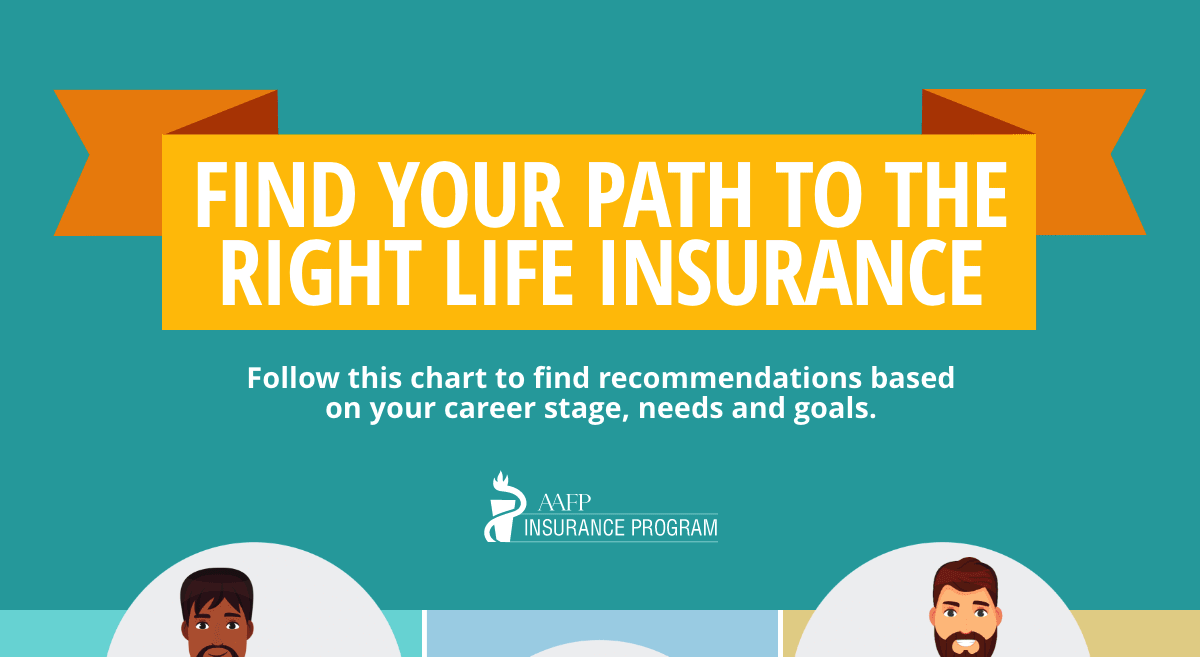Don’t Skimp on Insurance
If you’re a resident or a newly minted family physician, don’t put insurance on the back burner. Obtaining the proper levels of malpractice and liability insurance will protect you from lawsuits attributed to medical errors and general business practices such as slip-and-falls. While malpractice insurance can be expensive, doctors who are able to purchase additional insurance should do so. You’re probably wondering “how much malpractice insurance do I need?” Amounts vary across medical specialties, but $1,000,000 is the recommended amount of coverage. This covers legal fees, medical damages to the patient and other settlements.
Be Careful of Involving Family Members
Outside threats to your personal wealth are no laughing matter, especially when they affect your family’s wellbeing. One effective, albeit risky, asset protection technique is to gift your assets to a spouse, your children or put in a joint name. What makes this strategy risky is that it can raise red flags for creditors if implemented after credit issues arise. To avoid making fraudulent transfers in addition to estate tax issues, make sure this strategy is in place BEFORE you run into financial troubles with creditors. When in doubt, seek expert legal advice.
Take Advantage of Your Retirement Plans
Another line of defense that comes with creditor protection built-in is a “qualified” retirement plan. By taking full advantage of employer-sponsored retirement plans that defer taxes and ward off creditors, you’ll have peace of mind knowing that your retirement fund will remain untouched. Plans that offer heavy-duty protection include defined benefit plans – 403(b) plans and 401(k) plans – that are inexpensive to set up and maintain. Consult with a financial advisor who can explain your protection limits of these plans as they can vary by state.
When planning for your financial future, investigate these basics steps which can add much-needed levels of protection to your assets.
Are you protected? Let us know in the comments below.




